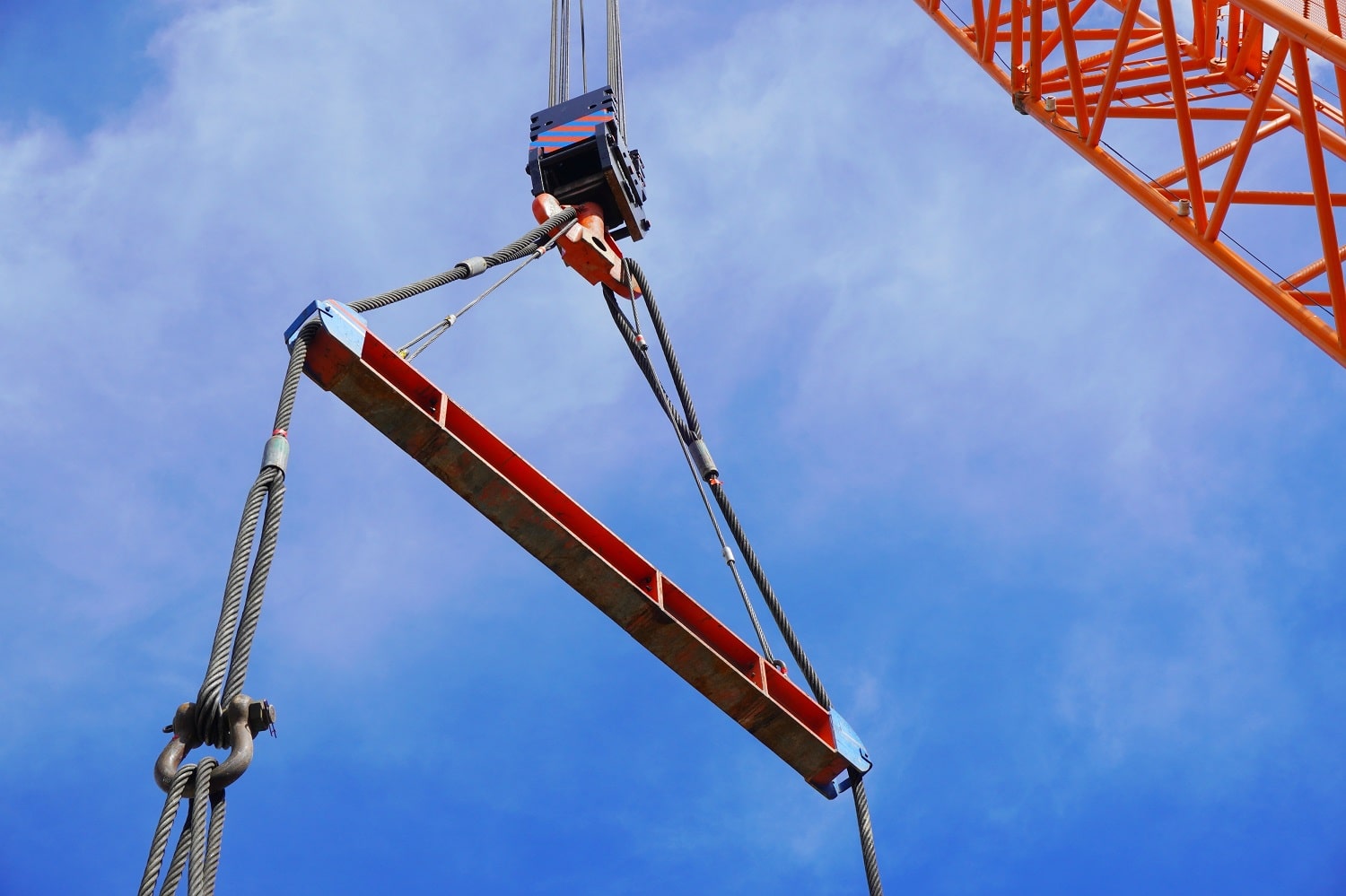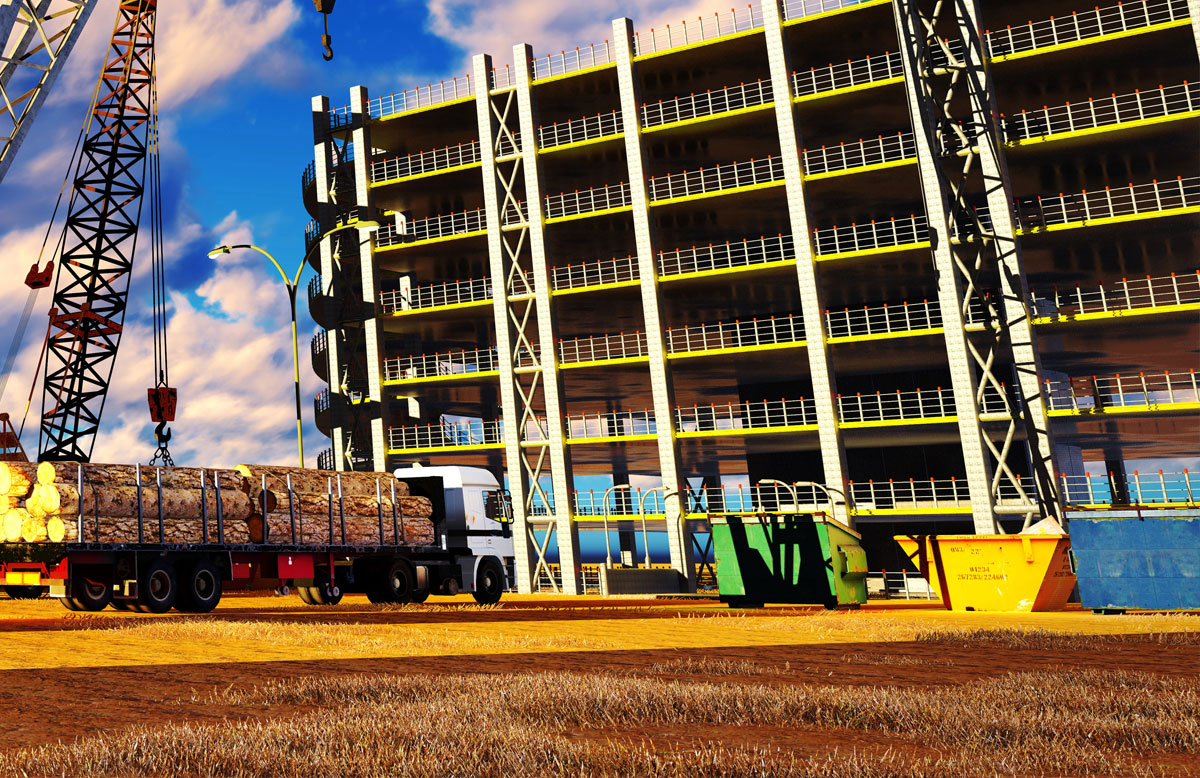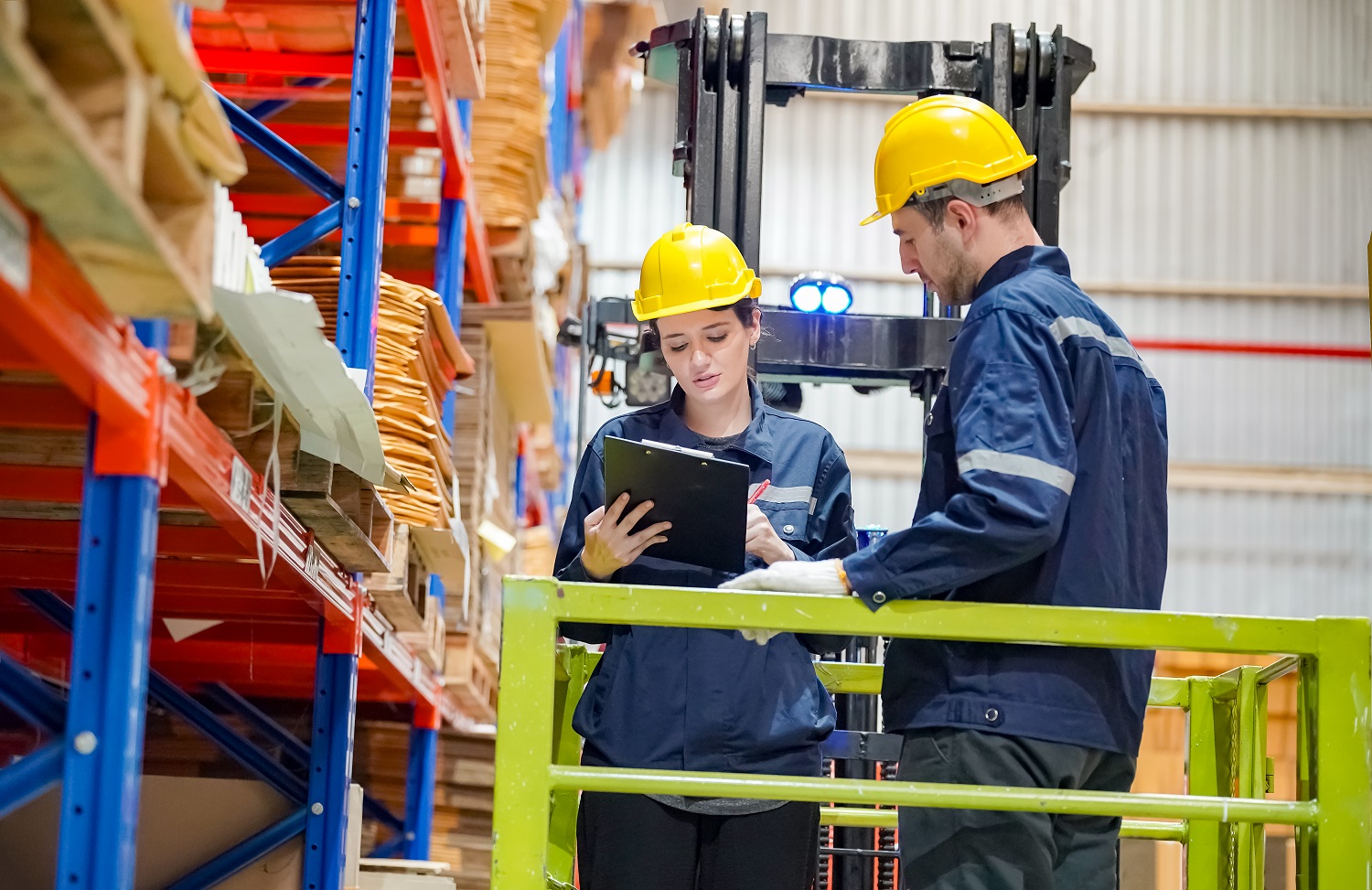What are the different types of lifting beams available?

Lifting beams are an essential tool for many industries, allowing for the safe and efficient movement of heavy loads. There are various types of lifting beams available on the market, each designed to meet specific lifting requirements. In this article, we will explore the different types of lifting beams available, their features, and their applications.
Fixed Spreader Beams
Fixed spreader beams, also known as rigid spreader beams, are the most basic type of lifting beam. They consist of a straight beam with two or more lifting points located along its length. The lifting points are attached to the beam using welded or bolted connections. Fixed spreader beams are ideal for lifting loads that have a fixed center of gravity and a consistent shape.
Adjustable Spreader Beams
Adjustable spreader beams, also known as telescoping spreader beams, are similar to fixed spreader beams, but with the added feature of adjustable length. The beam can be extended or retracted to match the length of the load being lifted. This makes adjustable spreader beams ideal for lifting loads of varying lengths and shapes.
Modular Spreader Beams
Modular spreader beams are designed to be assembled in sections, allowing for a wide range of lifting configurations. The sections can be connected using bolted or pinned connections to create beams of varying lengths and lifting capacities. Modular spreader beams are ideal for lifting loads that are longer than the standard lifting beam.
Basket Lifting Beams
Basket lifting beams, also known as four-point lifting beams, are designed to lift loads that require support at multiple points. They consist of a beam with four lifting points, allowing the load to be lifted evenly from all sides. Basket lifting beams are ideal for lifting loads that are too large to be lifted using a single lifting point.
End Cap Lifting Beams
End cap lifting beams, also known as end-mount lifting beams, are designed to lift loads that have a fixed lifting point at one end. They consist of a beam with a lifting point located at one end and a fixed end cap at the other end. End cap lifting beams are ideal for lifting loads such as transformers or generators.
Low Headroom Lifting Beams
Low headroom lifting beams are designed to be used in areas with limited vertical clearance. They have a shorter profile than standard lifting beams, allowing them to be used in tight spaces. Low headroom lifting beams are ideal for use in warehouses or other areas with limited vertical clearance.
Adjustable Spreader Beams with Sliding Lifting Points
Adjustable spreader beams with sliding lifting points are similar to adjustable spreader beams, but with the added feature of sliding lifting points. The lifting points can be moved along the length of the beam to match the specific lifting requirements of the load. Adjustable spreader beams with sliding lifting points are ideal for lifting loads that require a customized lifting configuration.
Multi-Purpose Lifting Beams
Multi-purpose lifting beams are designed to be used for a wide range of lifting applications. They often have adjustable lifting points, allowing them to be customized to match the specific lifting requirements of the load. Multi-purpose lifting beams are ideal for use in facilities that require a variety of lifting configurations.
Heavy-Duty Lifting Beams
Heavy-duty lifting beams are designed for lifting extremely heavy loads. They often have thicker steel construction and larger lifting points than standard lifting beams. Heavy-duty lifting beams are ideal for use in industries such as mining.



